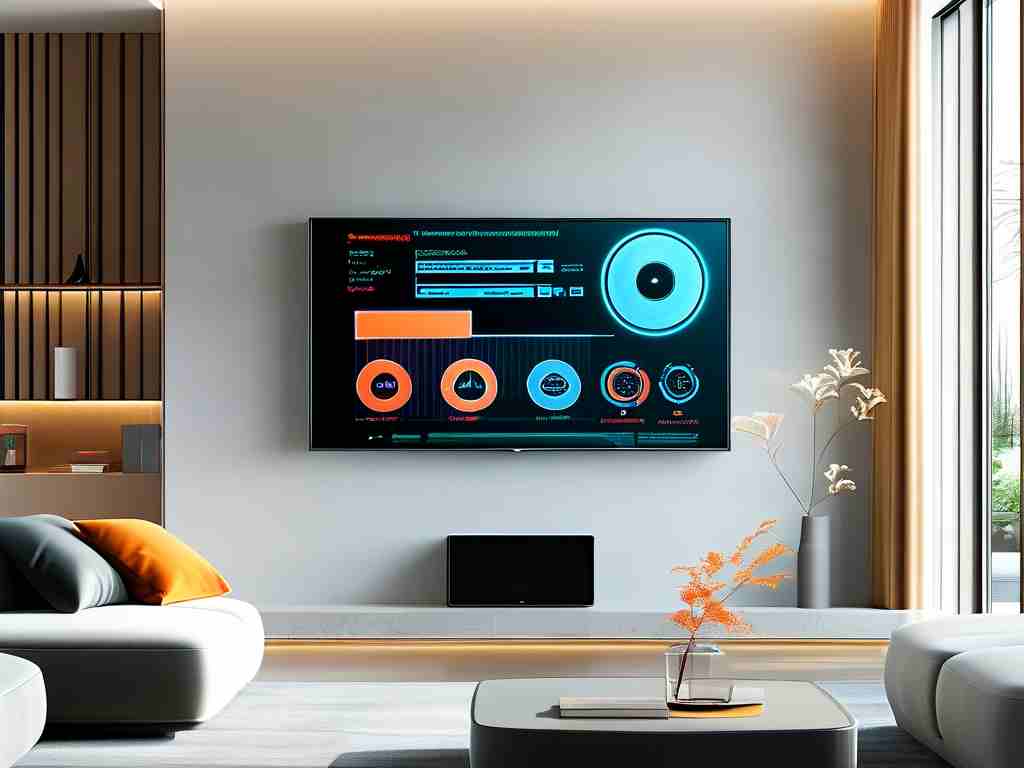Modern inverter air conditioners rely on sophisticated algorithms to optimize energy efficiency and user comfort. These computational models continuously analyze environmental data and equipment status through embedded sensors, enabling real-time adjustments to compressor speed and refrigerant flow. Let’s explore four core algorithms driving this technology.

1. PID Control Logic
Proportional-Integral-Derivative (PID) algorithms form the backbone of temperature regulation. By calculating the difference between target and actual temperatures (proportional term), accumulated historical errors (integral term), and rate of change (derivative term), the system dynamically adjusts compressor rotation speed. For example:
# Simplified PID implementation error = target_temp - current_temp integral += error * time_step derivative = (error - prev_error) / time_step output = Kp*error + Ki*integral + Kd*derivative
This continuous optimization prevents temperature overshooting while maintaining stable operation.
2. Fuzzy Logic for Load Adaptation
Unlike traditional binary logic, fuzzy algorithms process partial truths using membership functions. They evaluate multiple parameters simultaneously - outdoor temperature, humidity levels, and room occupancy patterns. A system might categorize "moderate heat load" as 60% cooling demand and "high humidity" as 80% dehumidification priority, then compute optimized operational parameters through weighted averaging.
3. Predictive Maintenance Algorithms
Machine learning models analyze historical performance data to forecast component wear. By monitoring vibration frequencies in compressors and voltage fluctuations in fan motors, these algorithms can predict failures 300-500 operating hours in advance. Some systems employ anomaly detection techniques comparing real-time sensor data against manufacturer-provided performance benchmarks.
4. Energy Consumption Optimization
Reinforcement learning algorithms have recently been integrated into premium models. These self-adjusting systems create dynamic efficiency profiles based on:
- Regional electricity pricing schedules
- Historical usage patterns (e.g., frequent nighttime operation)
- Weather forecast integration
Field tests show these algorithms reduce annual energy consumption by 12-18% compared to conventional inverter models. The system might automatically pre-cool spaces during off-peak hours or temporarily reduce cooling intensity when detecting room vacancy through IoT-connected motion sensors.
Implementation Challenges
Developing robust algorithms requires addressing several technical constraints:
- Sensor latency (typically 2-5 seconds delay)
- Electromagnetic interference affecting signal accuracy
- Compressor inertia during speed transitions
Advanced systems now incorporate adaptive noise cancellation techniques and inertial prediction models to mitigate these issues.
Future Developments
Emerging research focuses on neural network-based algorithms capable of processing raw sensor data without manual feature extraction. Early prototypes demonstrate 22% faster response times to sudden temperature changes. Another promising area involves blockchain-enabled energy trading systems, where air conditioners automatically adjust operations based on real-time smart grid data.
The evolution of control algorithms continues redefining energy efficiency standards in HVAC systems. As quantum computing matures, we may see entirely new optimization paradigms emerging in this field within the next decade.

